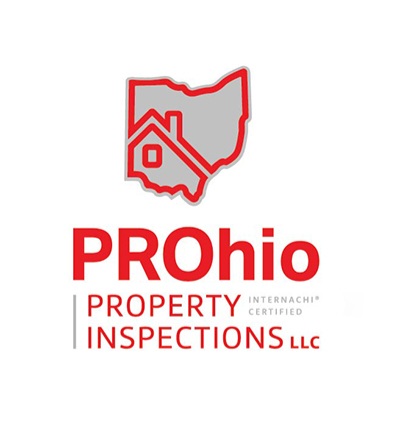Ensuring the safety and well-being of the elderly is of utmost importance. As we age, certain precautions and modifications become necessary to maintain a secure living environment. In this article, we will provide you with essential safety tips for the elderly, helping you create a home that promotes independence, prevents accidents, and enhances overall well-being. Trust PROhio Property Inspections to assist you in safeguarding the safety of your loved ones.
Create a safe living environment for the elderly with PROhio Property Inspections. Our comprehensive guide offers essential safety tips to prevent accidents and promote well-being. Ensure a secure and independent lifestyle.
Safety Tips for the Elderly – Creating a Secure Living Environment
1. Clear Pathways and Reduce Clutter
Maintain clear pathways throughout the home, removing any tripping hazards such as loose rugs, electrical cords, or furniture blocking walkways. Minimize clutter to provide a safe and unobstructed environment, reducing the risk of falls.
2. Adequate Lighting
Ensure that all areas of the home are well-lit, especially hallways, stairs, and entrances. Install brighter bulbs or utilize natural light sources to enhance visibility. Consider using nightlights in bedrooms, hallways, and bathrooms to prevent accidents during nighttime.
3. Install Grab Bars and Handrails
Install grab bars and handrails in key areas, such as bathrooms and staircases, to provide stability and support. These assistive devices can help prevent falls and aid in maintaining balance, particularly for individuals with mobility challenges.
4. Bathroom Safety
Make necessary modifications in the bathroom for enhanced safety. Install non-slip mats in the shower or bathtub and place grab bars near the toilet and bathing areas. Consider using a shower chair or a raised toilet seat for added convenience and stability.
5. Secure Flooring
Ensure that flooring surfaces are slip-resistant and in good condition. Repair or replace loose or damaged tiles, floorboards, or carpets to minimize the risk of tripping or slipping. Use non-slip rugs or secure them with double-sided tape.
6. Assistive Devices and Accessibility
Evaluate the need for assistive devices such as walkers, canes, or wheelchairs based on individual mobility requirements. Make necessary adjustments to promote accessibility, such as installing ramps or widening doorways, to accommodate assistive devices.
7. Fire Safety
Maintain working smoke detectors on each level of the home and near bedrooms. Test them regularly and replace batteries as needed. Develop an emergency escape plan and ensure all family members are aware of evacuation procedures in case of fire.
8. Medication Management
Establish a medication management system to avoid medication errors or missed doses. Use pill organizers or automated dispensers to organize medications. Keep a list of prescribed medications, allergies, and emergency contacts readily available.
9. Check for silent hazards
Ensuring safety is crucial. Check for hazards like fire safety risks, carbon monoxide leaks, and gas leaks. Detect electrical faults, faulty wiring, or outdated appliances. Prioritize regular inspections to safeguard against potential dangers, protecting lives, property, and the environment. Stay vigilant and proactive in hazard prevention.
By implementing these safety tips for the elderly, you can create a secure living environment that promotes independence and well-being. PROhio Property Inspections post-purchase home inspections are designed to thoroughly assess your property, uncover potential safety issues, and provide you with the knowledge you need to address them effectively.
